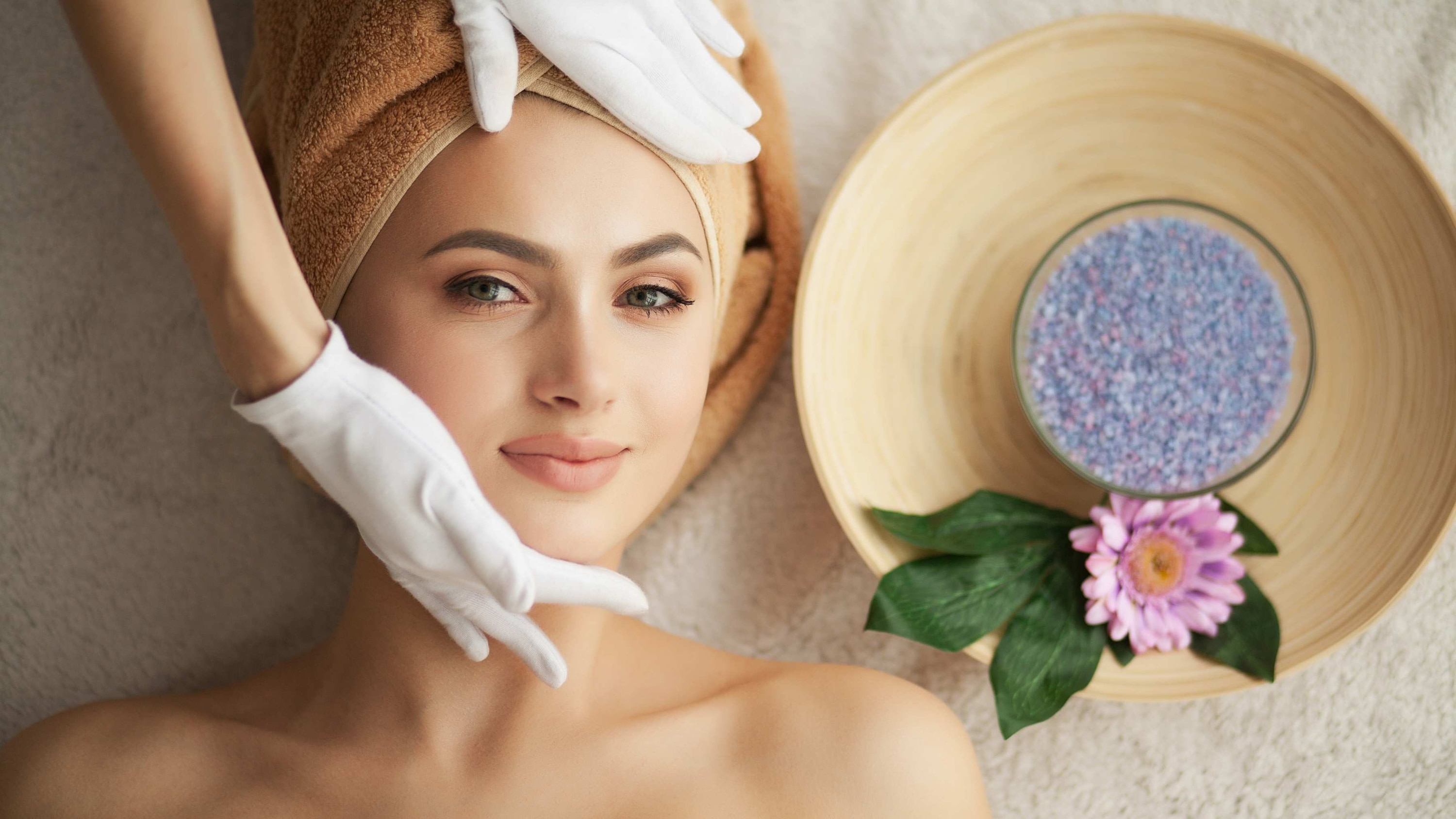- 01 What Is a Deep Pore Cleansing Facial and How Does It Help Oily Skin?
- 02 Why Deep Cleansing and Facial Treatments Are Essential for Oily Skin
- 03 Benefits of a Deep Cleansing Facial for Oily Skin
- 04 The Ultimate Step-by-Step At-Home Routine
- 05 How Often Should You Do a Deep Cleansing Facial?
- 06 Key Ingredients to Keep in Mind
- 07 Do’s and Don’ts
- 08 FAQ
- 09 Final Thoughts
Oily skin—though often misunderstood—is not a curse, but a skin type that requires understanding, balance, and the right care. When treated properly, oily skin can be radiant, resilient, and less prone to premature ageing. However, if left unchecked, excess sebum can lead to clogged pores, breakouts, and an ever-present unwanted shine. Enter the deep cleansing facial —a powerful ritual that does more than just clean. For those with oily skin, this at-home practice can be transformative, helping to control oil production, prevent acne, and restore clarity and balance. Deep cleansing is especially important for this skin type, as it targets the root causes of congestion and dullness by thoroughly purifying pores and rebalancing the skin. To get a deep cleansing facial at home, read on. Whether you're a skincare novice or a beauty devotee, this tailored step-by-step routine will guide you through creating an effective deep cleansing facial right from the comfort of your home.
01What Is a Deep Pore Cleansing Facial and How Does It Help Oily Skin?
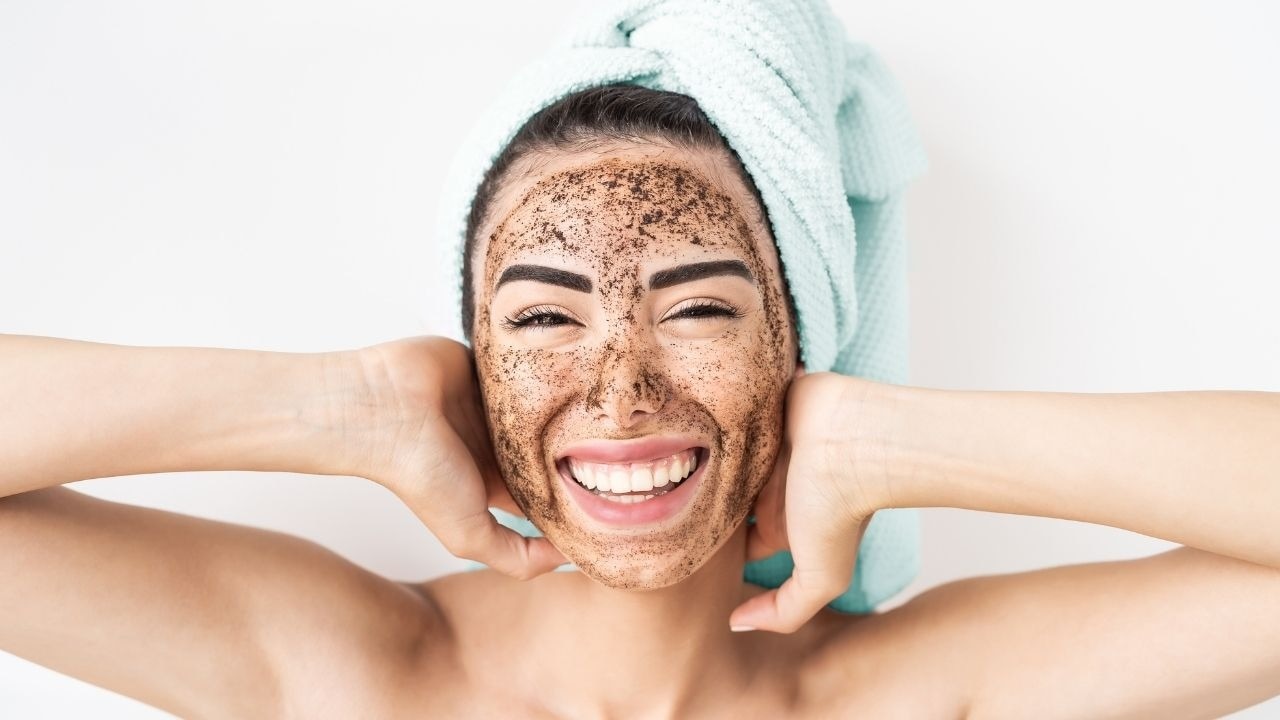
A deep pore cleansing facial is a targeted skincare treatment designed to thoroughly cleanse and detoxify the skin. It typically involves steps like steaming, exfoliation, extractions, and clarifying masks to remove dirt, oil, and buildup from deep within the pores. For oily skin, this type of facial is especially beneficial. It helps regulate excess sebum, prevents clogged pores (a major cause of blackheads and acne), and leaves the skin feeling balanced, refreshed, and less greasy. Regular deep cleansing can improve skin texture, reduce breakouts, and enhance the absorption of skincare products.
02Why Deep Cleansing and Facial Treatments Are Essential for Oily Skin
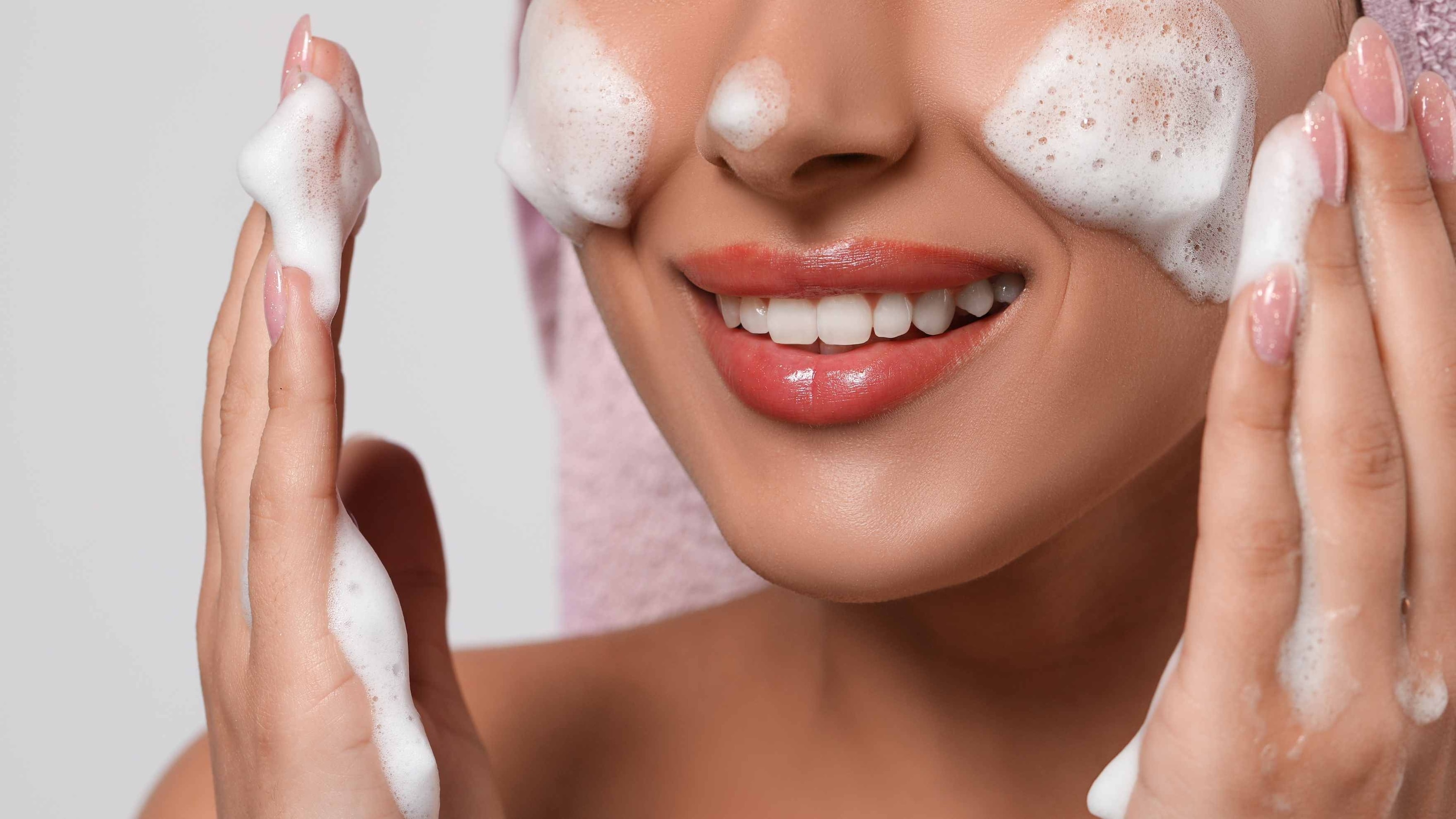
Oily skin produces excess sebum, the natural oil secreted by sebaceous glands. While sebum is essential for keeping skin hydrated, too much of it can lead to blocked pores, blackheads, whiteheads, and inflamed acne. Standard daily cleansing may not always suffice. A deep cleansing facial for oily skin, when done correctly, dives beneath the surface to detoxify skin, regulate oil production, and reduce congestion—making it a crucial element in any oily skin regimen.
03Benefits of a Deep Cleansing Facial for Oily Skin

- Unclogs Pores and Prevents Breakouts: Removes excess oil, dirt, and debris that can lead to acne and blackheads.
- Balances Oil Production: Helps regulate sebum levels, reducing unwanted shine without over-drying the skin.
- Improves Skin Texture and Tone: Gently exfoliates dead skin cells, leaving the skin smoother and more even-looking.
- Reduces the Appearance of Pores: Deep cleansing tightens and refines enlarged pores, giving a clearer look.
- Enhances Product Absorption: Clean, decongested skin allows serums and moisturizers to penetrate more effectively.
04The Ultimate Step-by-Step At-Home Routine
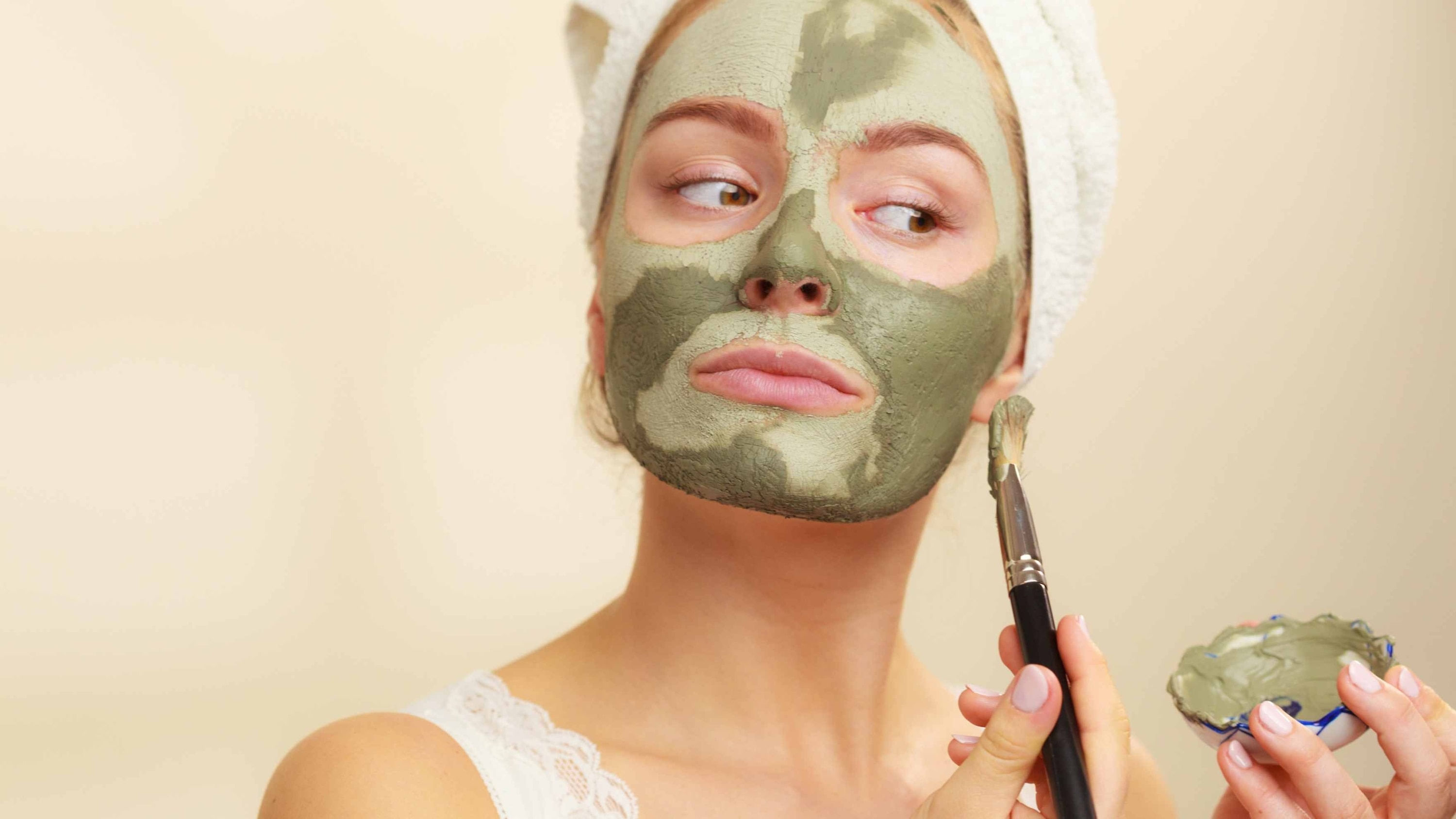
Here's how to master the perfect deep cleansing facial for oily skin:
1. Start with a Salicylic Acid Cleanser
Salicylic acid, a beta-hydroxy acid (BHA), is your best friend when it comes to oily skin. It penetrates deep into pores, dissolving oil and dead skin cells that can cause congestion. Try Novology Acne Deep Clearing Cleanser , it's formulated with salicylic acid and soothing botanicals, making it an ideal first step in your deep cleansing routine. It works to decongest pores without stripping the skin, helping to balance oil levels while leaving your face feeling refreshed and clean. How to use: Choose a gentle foaming cleanser containing 1-2% salicylic acid. Massage it into damp skin for at least 60 seconds to allow the active ingredients to work effectively. Rinse with lukewarm water.
2. Gently Exfoliate with a Clay-Based Scrub
Physical exfoliation helps slough off dead skin cells on the surface, while clay absorbs oil and impurities. What to use : Look for a mild exfoliator with kaolin or bentonite clay, combined with fine grains or natural beads. Avoid harsh scrubs with large particles—they can irritate and damage the skin. Tip: Exfoliate no more than once a week to avoid over-sensitising your skin.
3. Steam to Open the Pores
Facial steaming is a spa-like step that helps open pores, loosens blackheads, and preps the skin for deeper cleansing. It's a vital part of any deep pore cleansing facial , allowing treatments that follow—like masks and extractions—to work more effectively. How to do it: Boil water and pour it into a bowl. Drape a towel over your head to trap the steam and hover your face over the bowl for 5–10 minutes. Add herbs like green tea or chamomile for an extra detox boost.
4. (Optional) Gentle Extraction
If you're comfortable and your skin is properly steamed, you may carefully extract blackheads using clean fingers wrapped in tissue or a sterilised comedone tool. Caution: Only attempt extractions if you're confident. Improper technique can cause scarring or infection. When in doubt, skip this step.
5. Apply a Clay Mask to Purify and Rebalance
Clay masks are non-negotiable in oily skin facials. They draw out impurities, reduce shine, and calm inflammation. Best ingredients : Bentonite, kaolin, activated charcoal, and zinc are fantastic for absorbing oil and soothing blemishes. Tea tree oil and green tea add antibacterial and antioxidant benefits. Frequency: Once or twice a week, apply a thin layer and leave on for 10–15 minutes—never until it's bone dry. Rinse gently.
6. Tone with an Alcohol-Free
Toner Toners restore pH balance and tighten pores, but avoid those with alcohol—they strip skin and can trigger more oil production. What to look for: Niacinamide, witch hazel (alcohol-free), and green tea are calming, oil-regulating options that also refine pores and soothe post-mask skin.
7. Massage and Serum
After cleansing and masking, a gentle facial massage helps boost circulation, relax facial muscles, and promote lymphatic drainage — all of which contribute to a healthy, radiant glow. Use upward, sweeping motions to avoid tugging the skin. Follow the massage with a lightweight, oil-free serum that targets oily skin concerns — such as one with niacinamide, salicylic acid, or hyaluronic acid. This step locks in hydration, refines pores, and delivers active ingredients deep into the skin for maximum effectiveness.
8. Hydrate with a Gel-Based Moisturiser
It's a myth that oily skin doesn't need moisturiser. In fact, skipping it can make your skin even oilier. What works best: Choose a lightweight, non-comedogenic gel or water-based moisturiser. Look for hyaluronic acid for hydration without greasiness, and niacinamide or zinc for oil control.
9. Finish with Matte Sunscreen (if done during the day)
Sun protection is crucial for all skin types—even oily. Opt for a matte-finish or gel-based SPF that doesn't clog pores. Top picks: Mineral-based sunscreens with zinc oxide or titanium dioxide. These are non-comedogenic and offer broad-spectrum protection without adding shine.
05How Often Should You Do a Deep Cleansing Facial?
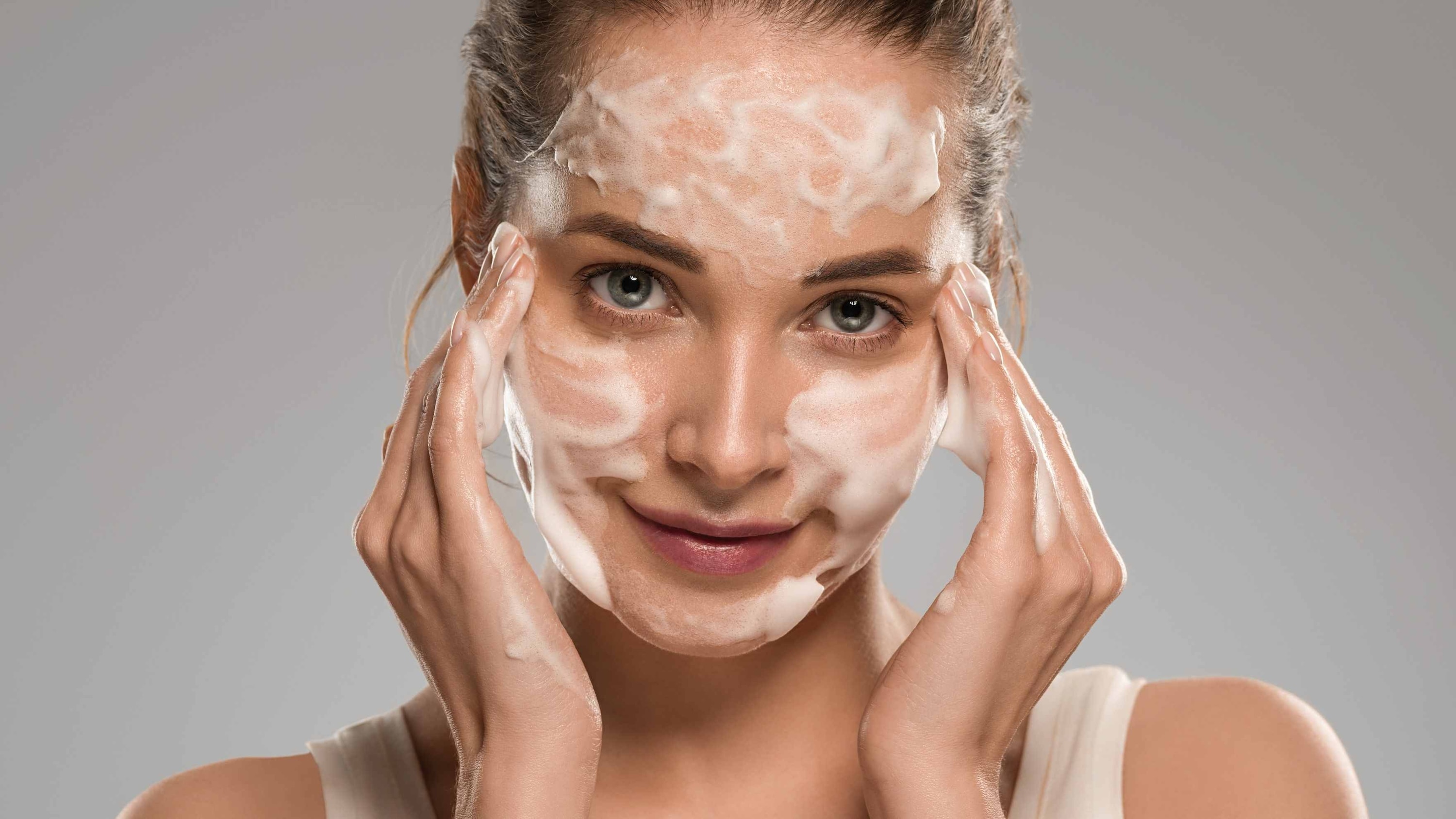
As part of your weekly skincare routine, a deep cleansing facial once or twice per week is ideal for oily skin. Overdoing it can lead to irritation, dryness, and rebound oiliness. Listen to your skin—if it feels tight, red, or overly dry, scale back.
06Key Ingredients to Keep in Mind

When shopping for products or building your facial routine, prioritise these oily-skin allies:
- Salicylic Acid – Deep pore cleansing and exfoliation
- Niacinamide – Oil control, pore minimising, and anti-inflammatory
- Clay (Kaolin/Bentonite) – Absorbs oil and purifies
- Zinc – Soothes skin and regulates sebum
- Charcoal – Detoxifying and pore-unclogging
- Tea Tree Oil – Natural antibacterial and acne-fighting
- Green Tea – Antioxidant-rich and calming
07Do’s and Don’ts

Do's
- Always remove makeup and cleanse thoroughly before starting
- Use clean tools and wash your hands
- Patch test new products to avoid reactions
- Moisturise and protect skin with SPF post-facial
Dont's
- Use alcohol-based toners or astringents
- Pick or squeeze blemishes aggressively
- Use hot water—it can inflame and dehydrate the skin
- Layer too many actives at once (like acids and retinol post-facial)
08FAQ
Q: Can I do this routine if I have acne-prone skin?
Yes, but avoid harsh exfoliants and extractions. Stick to anti-inflammatory ingredients like niacinamide and tea tree oil.
Q: What if my skin feels oily even after moisturising?
Try a lighter gel formula or one that contains mattifying ingredients like silica or zinc. Remember, hydration and oiliness are not the same thing.
Q: Is it okay to use this routine alongside prescription acne treatments?
It's best to consult your dermatologist, especially if you're using actives like tretinoin or benzoyl peroxide. They may recommend adjusting steps to avoid irritation.
09Final Thoughts
With the right approach, oily skin can look luminous—not greasy. This deep cleansing facial routine is more than just self-care; it's a strategy for clarity, balance, and confidence. Stick to gentle, targeted ingredients, follow a consistent schedule, and your skin will thank you. Remember: oil isn't the enemy—improper care is.

